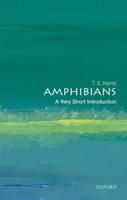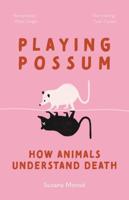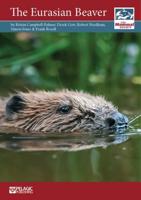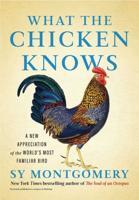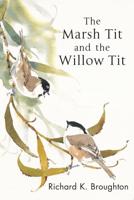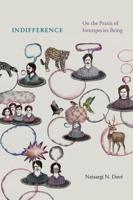Publisher's Synopsis
This book presents current research on all types of ant-plant interactions, and concentrates on understanding these often complex relationships in evolutionary and ecological terms. The range of interactions varies from herbivory (leaf-cutter ants) to complex symbiosis. Many ants prey on plant pests, thus protecting the plant from harm, receiving in exchange nectar and/or nest sites. In some cases the ants tend and protect other insects such as butterfly larvae or Homopterans (which include the aphids and cicadas) which may benefit the ants at the expense of both the host plant and the other insects. Some ants are known to be seed dispersers, and in at least one plant (cocoa) they appear to affect rates of pollination. A significant proportion of these interactions exhibit a high degree of mutualism, making this book part of a growing literature on the ecological determinants of mutualistic behaviour. The thirty-seven chapters by more than fifty contributors range in geographical coverage from northern and southern temperate zones, to the New World tropics, to Australia and south-east Asia. The emphasis throughout, even in the more descriptive chapters, is on possible explanations for observed phenomena. Workers in ecology, evolution, and behaviour will welcome this compendium of information on a subject that has become a modern testing-ground for evolutionary ecology.



